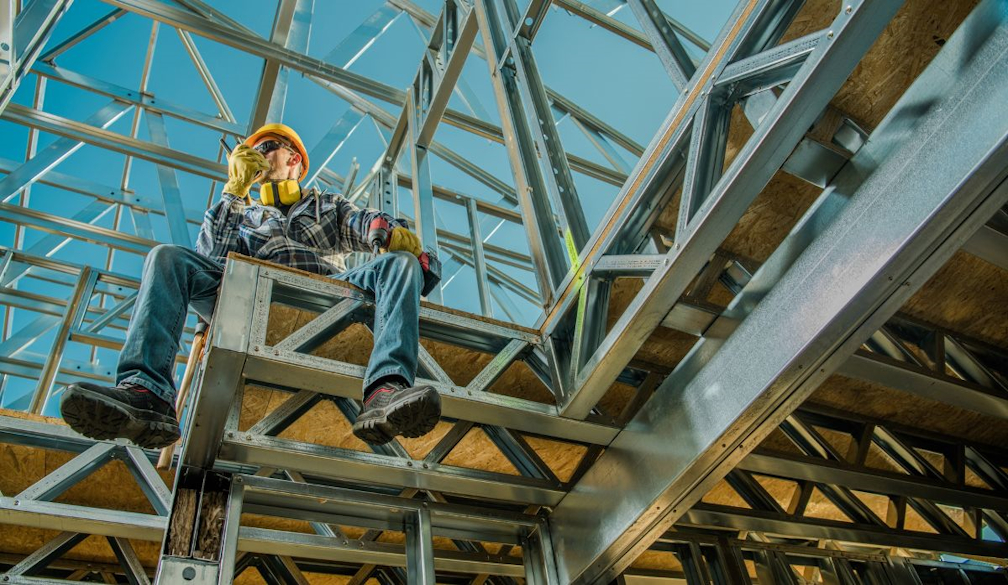Steel Framing vs. Timber Framing: Which Is Better in Australia & Why

In the extreme weather and heat of Australia, the choice between steel framing and timber framing, especially for homes and sheds is more than just a matter of preference. It's about durability, maintenance, and suitability to the climate.
With the increasing demand for both residential and commercial sheds, it's crucial to understand why one might choose steel framing over timber, especially in a country known for its challenging weather conditions.
Durability and Resistance
Steel framing offers exceptional durability and resistance to the harsh Australian climate. Unlike timber, steel is impervious to termites, which are a common menace in states like Queensland.
Termites can severely damage timber frames, compromising the structure's integrity and leading to costly repairs. Additionally, steel does not warp, shrink, or rot in humid or wet conditions, making it a superior choice for areas prone to such weather.
Fire Resistance
The threat of bushfires is ever-present in Australia, making fire resistance an essential consideration for building materials. Steel framing provides a higher level of fire resistance compared to timber.
In the event of a fire, a shed with steel framing is more likely to maintain its structural integrity, offering better protection to the contents inside. This feature is particularly appealing for commercial sheds, where the potential loss can be significant.
Sustainability and Eco-friendliness
When considering sustainability in construction, it's essential to examine the environmental impacts of materials used. While timber frames offer aesthetic appeal and versatility, their environmental sustainability is complex. Timber acts as a carbon sink during use but can release carbon upon disposal.
Conversely, steel framing, including cold-rolled steel, incorporates recycled material and is fully recyclable at the end of its life, aligning with circular economy principles. Steel's adaptability for reuse and its potential for lower lifetime carbon emissions make it an attractive choice.
Organisations like the Steel Framing Industry Association and advancements in steel production emphasize steel's sustainability. Despite the benefits of timber, the focus on minimizing a building's lifetime carbon emissions and the move towards net-zero buildings in Australia highlight steel's viability. Steel framing offers durability and sustainability, making it preferable for commercial sheds in Queensland's climate, promising a balance between environmental impact and structural integrity.
Construction and Maintenance
Constructing a shed with steel framing can be faster and more precise than with timber, thanks to the pre-engineered components that fit together seamlessly. This precision is crucial for commercial sheds, where time is money, and delays can affect the bottom line. Moreover, steel frames require minimal maintenance over their lifespan, unlike timber, which may need treatment for pests, rot, or fire resistance.
Cost Considerations
Initially, steel framing may have a higher upfront cost compared to timber. However, when considering the long-term benefits such as lower maintenance costs, longer lifespan, and resistance to pests and fire, steel frames can offer better value for money. For sheds, the investment in steel framing can lead to significant savings over time.
Choosing the right framing material for your shed, home or building requires careful consideration of the climate, maintenance, and long-term costs. We think steel framing emerges as the superior choice for both residential and commercial sheds, offering unmatched durability, fire resistance, and sustainability.
While timber framing may struggle in the harsh Australian climate, steel provides a reliable, cost-effective, and environmentally friendly solution that meets the demands of modern shed construction. Whether for storage, workspace, or any other use, a steel-framed shed is an investment in durability and peace of mind.
























